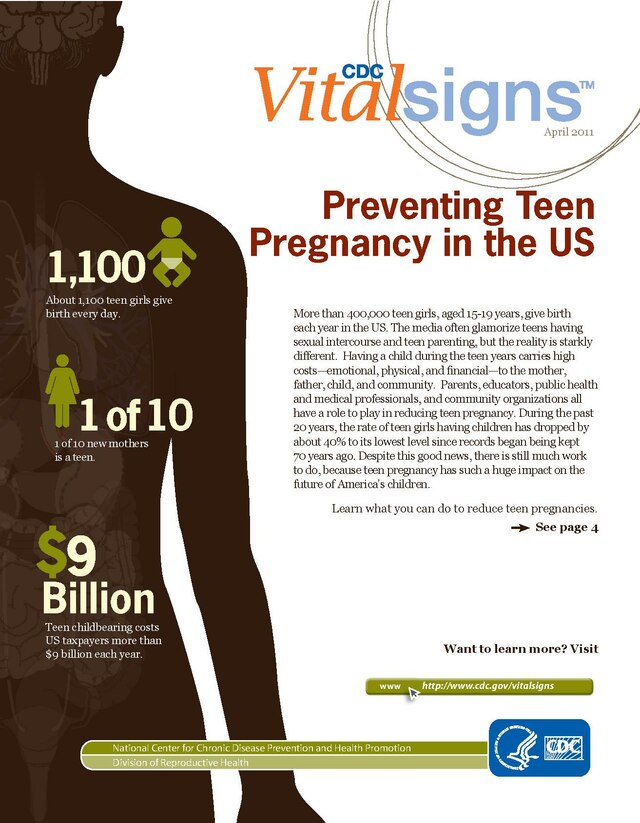
Teen Pregnancy: A Comprehensive Guide for Understanding and Prevention
Introduction
Teen pregnancy remains a significant public health concern in the United States, with far-reaching consequences for both the young mothers and their children. This article provides a comprehensive overview of teen pregnancy, including its causes, risks, and prevention strategies. By understanding the complexities of this issue, we can empower young people to make informed decisions and reduce the incidence of unplanned pregnancies.
Defining Teen Pregnancy
Teen pregnancy refers to a pregnancy that occurs in a female under the age of 20. In the United States, the majority of teen pregnancies occur between the ages of 15 and 19. Teen pregnancy is often associated with negative outcomes for both the mother and the child, including increased health risks, lower educational attainment, and economic challenges.
Causes of Teen Pregnancy
The causes of teen pregnancy are multifaceted and include a combination of individual, social, and economic factors. Some of the most common risk factors include:
- Lack of comprehensive sex education: Young people who lack access to accurate and age-appropriate sex education are more likely to engage in unprotected sexual activity and become pregnant.
- Peer pressure: Teenagers who have friends who are sexually active or pregnant are more likely to become pregnant themselves.
- Poverty: Teenagers living in poverty may have limited access to healthcare, education, and other resources that can help them prevent pregnancy.
- Abuse: Teenagers who have experienced physical, sexual, or emotional abuse are more likely to become pregnant.
- Mental health issues: Teenagers with mental health issues, such as depression or anxiety, are more likely to engage in risky sexual behaviors.
Risks of Teen Pregnancy
Teen pregnancy poses significant risks to both the mother and the child.
Maternal Risks:
- Increased risk of premature birth, low birth weight, and other pregnancy complications
- Higher rates of postpartum depression and anxiety
- Lower educational attainment and economic opportunities
- Increased risk of future health problems, such as heart disease and diabetes
Child Risks:
- Increased risk of premature birth, low birth weight, and other health problems
- Lower cognitive and academic achievement
- Higher rates of poverty and unemployment
- Increased risk of future health problems, such as obesity and chronic diseases
Prevention Strategies
Preventing teen pregnancy requires a multifaceted approach that addresses the underlying causes and risk factors. Effective prevention strategies include:
- Comprehensive sex education: Providing young people with accurate and age-appropriate sex education is essential for reducing teen pregnancy rates. This education should include information on contraception, sexually transmitted infections (STIs), and healthy relationships.
- Access to contraception: Making contraception easily accessible to young people is crucial for preventing unplanned pregnancies. This includes providing free or low-cost contraception, as well as ensuring that young people have the knowledge and skills to use it effectively.
- Peer education and support: Peer education programs can provide young people with a safe and supportive environment to discuss sexual health issues and make informed decisions.
- Parental involvement: Parents play a vital role in preventing teen pregnancy by providing their children with guidance, support, and open communication about sex and relationships.
- Community-based programs: Community-based programs, such as after-school programs and mentoring programs, can provide young people with positive role models and opportunities to develop healthy life skills.
Addressing the Social Determinants of Health
In addition to implementing specific prevention programs, it is also important to address the social determinants of health that contribute to teen pregnancy. These include poverty, lack of access to education and healthcare, and exposure to violence and abuse. By investing in programs that improve the lives of young people and their families, we can create a more equitable and healthy society that reduces the risk of teen pregnancy.
Conclusion
Teen pregnancy is a complex issue with far-reaching consequences for both the young mothers and their children. By understanding the causes and risks of teen pregnancy, and by implementing effective prevention strategies, we can empower young people to make informed decisions and reduce the incidence of unplanned pregnancies. This will not only improve the lives of young people but also contribute to a healthier and more prosperous society for all.